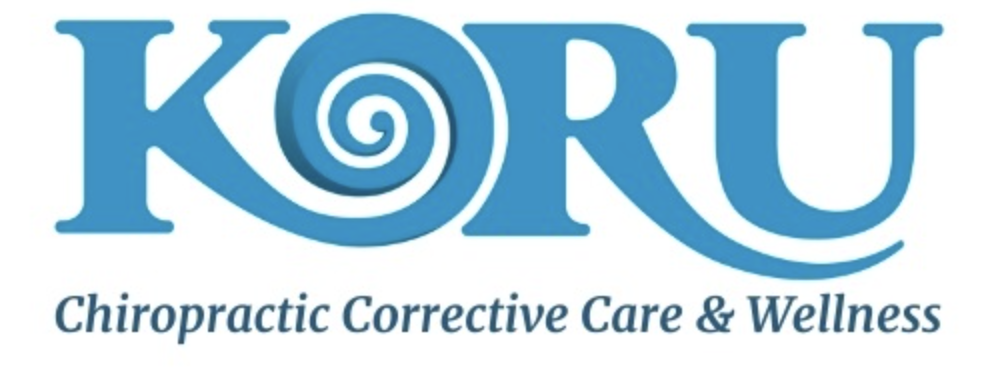Gentle Chiropractic Adjustments
Let me get right to my point, and then I will tell you exactly why I have this professional opinion. I’m preferential to non-rotational, gentle adjustments. Which are different from the more traditional high-velocity rotational twisting and cracking adjustments you see Chiropractors perform on the neck and lower back. While these types of adjustments are relatively safe for most, they are not ideal for many populations. In particular, the types of patients with chronic conditions we help the most with here at Koru Chiropractic. Conditions like Migraines, Vertigo and Menier’s Disease, Trigeminal Neuralgia, Numbness and tingling in the limbs, disc herniations and bulges, and more. Contact us today to learn more!
What’s the difference between adjustment types?
What I found in school, extracurricular seminars and studies, and my own research was the fact that these old-school types of rotational adjustments, while safe for most, can be ineffective and even dangerous for some. The reason is that the twisting and cracking type adjustment does not address all of the ranges of motion. Therefore it cannot properly re-align the bone, hence one of the reasons why you have to go back so often to those types of Chiropractors. If you woke up with a kink in your neck and you’ve never had that problem before that twisting type of adjustment might be just fine, but for most chronic conditions, like people with arthritis, for example (which happens to occur in many of the patients I help). They just need a more specific approach to fix the problems, but it just so happens to be a more gentle approach too.
My preference for the full spine adjustments is using a drop-table. This is a specially designed chiropractic table that moves with your body and allows me to apply a very gentle, and specifically directed force to your spine, to correct the misalignment (AKA Vertebral Subluxation).
Drop-Table Adjustments
These drop-table adjustments are great for arthritis or disc herniations. They also stop the Doctor from putting in too much force, unlike the twisting adjustments, which can be too aggressive and forceful and damage the spine and hurt the patient, both in the moment and long term. I sadly see some of the unhealthiest spines are people who’ve been in multiple high-speed accidents, like car crashes or have had consistent non-specific adjustments that were described as being “very aggressive”. This is very different from specific adjustments I do, which are done at the right time, for the right reason, and in the right way, vs the “crack every bone from head to toe” approach.
The other reason I favor a more gentle and precise adjustment is my knowledge of the biomechanics of the upper cervical spine. Simply put, you can not make effective structural corrections using the twisting and cracking type of adjustments. That’s not to say you won’t hear a great pop or crack and feel a big change. You will. Someone just tried to tear your head off, your whole body is responding to it!
Upper Cervical Adjustments
The upper cervical spine is analogous to the circuit breaker in your house. If you mess with it can start to cause problems in different areas of the house. The same goes for properly correcting the upper cervical misalignment. Which, takes the pressure off the brainstem, increases blood flow into and out of the brain, as well as optimizes Cerebrospinal Fluid. This is vital for brain and nervous system health and function.

Upper Cervical Spine Structure
The Upper Cervical spine, AKA the Craniocervical Junction, or where your head attaches to your neck, is much different in terms of the structure of the spine, compared to the below Axis (C2).

I really like this 3D photo because the actual living anatomy looks similar, like a tangled mesh of nerves and blood vessels. This is why is such an important area structurally for the health of the brain, nervous system, the rest of the spine, and body. Ever heard of your Vagus nerve? It’s part of this complex look bundles of nerves that travel out of your skull and spine. It travels down your neck and into the arms and torso.

Am I biased in my approach? ABSOLUTELY! Why would I practice anything other than what I love to do and know will get my practice and community the best results possible!? I believe wholeheartedly that the blending of NUCCA and the Pierce Results System are the two best Chiropractic systems of analysis and adjustments that are available. I love seeing the lives changed in my practice using them. If you think this approach would be a good fit for you or you are interested in learning more please contact us!
